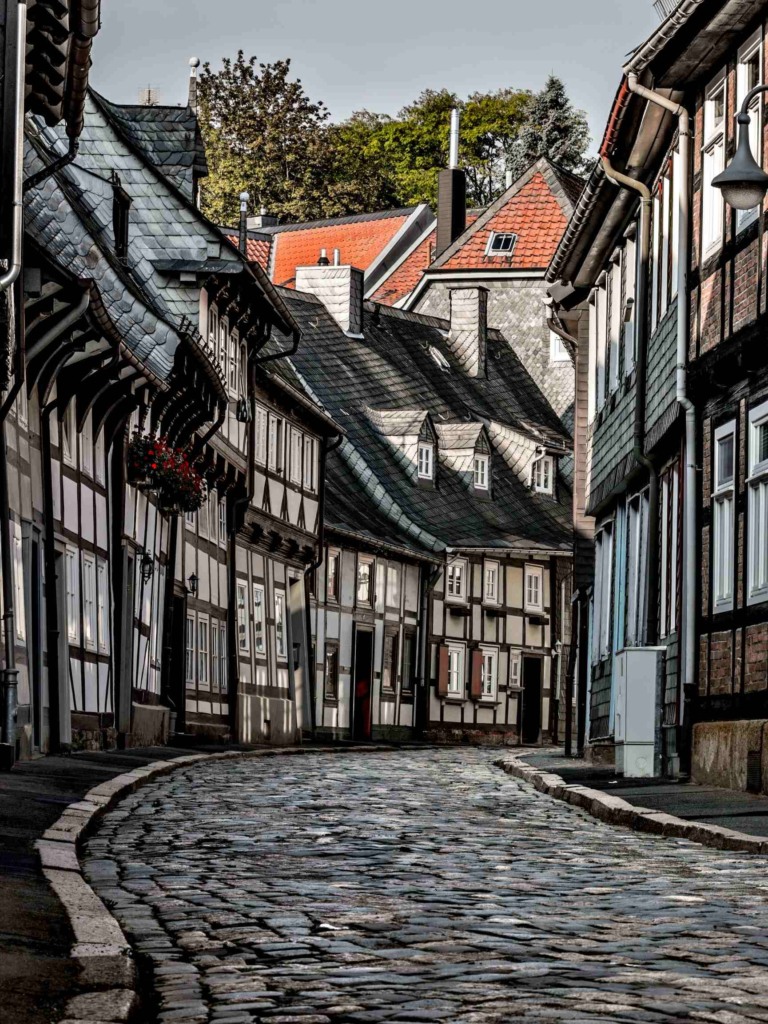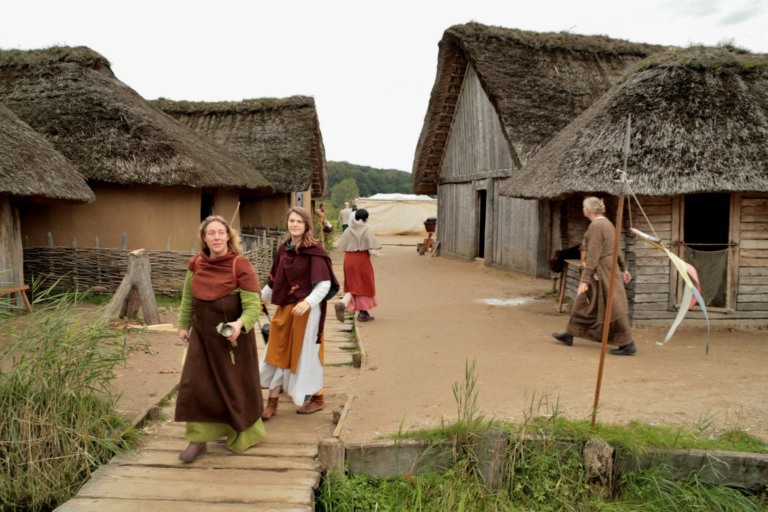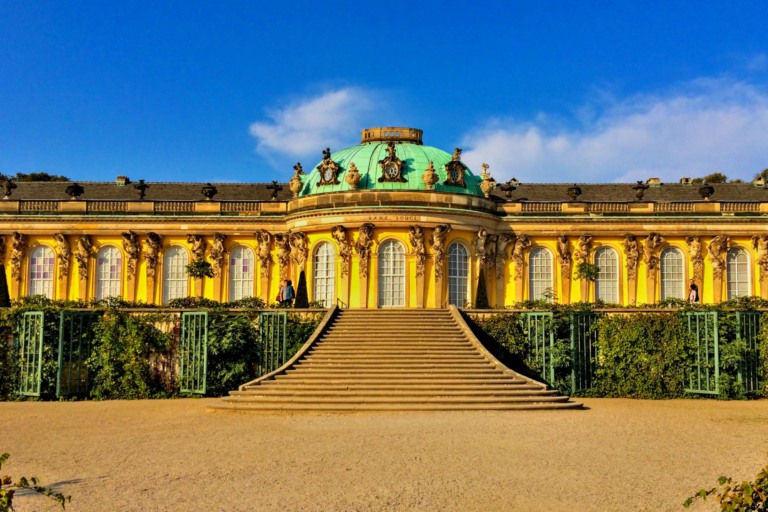Swabian Jura caves Ice Age Art: Caves and the Ice Age Art in the Swabian Jura in Germany is renowned for its exceptional archaeological discoveries, particularly the oldest known figurative art and musical instruments created by early humans during the Ice Age. The caves of Hohle Fels, Vogelherd, Bockstein, and Geißenklösterle are among the key locations within the site.
Caves and Ice Age Art in the Swabian Jura
These caves have yielded a wealth of artifacts, including intricately carved figurines, ivory flutes, and other musical instruments. The most famous discovery is the Venus of Hohle Fels, a small female figurine carved from mammoth ivory, estimated to be over 40,000 years old.
Introduction: The Swabian Jura, a mountain range in southwestern Germany, is not only a picturesque natural wonder but also a treasure trove of prehistoric art. Dating back to the Ice Age, this region is home to numerous caves that have served as canvases for our ancient ancestors.
In 2017, a groundbreaking study shed light on the rich tapestry of art created by early humans in this area. This essay will delve into the caves and Ice Age art of the Swabian Jura, exploring their significance, the techniques employed, and the cultural insights they provide.
Historical Context of Swabian Jura
The Ice Age, also known as the Pleistocene epoch, spanned from approximately 2.6 million to 11,700 years ago. It was a time when early humans, known as Homo sapiens, roamed the Earth, adapting to the harsh environments of glacial periods. The Swabian Jura offered a unique setting for human settlement due to its limestone caves, providing shelter, resources, and a canvas for artistic expression.
Caves as Canvases
The caves of the Swabian Jura, such as Hohle Fels, Vogelherd, and Geißenklösterle, have yielded some of the most significant finds of Ice Age art. These caverns served as a blank canvas on which our ancestors left an enduring record of their lives and beliefs. The caves’ stable environments protected these artistic treasures from the ravages of time and allowed them to be preserved for millennia.
Techniques and Artistic Representations
Ice Age art in the Swabian Jura is primarily characterized by two forms: figurative representations and abstract symbols. Figurative art often depicts animals such as mammoths, horses, and lions, showcasing the importance of the natural world to our early ancestors. These depictions are often remarkably realistic, displaying a keen eye for detail and a deep understanding of animal anatomy.
The artists of the Swabian Jura utilized various techniques to create their masterpieces. They employed red and yellow ochre pigments, as well as charcoal, to paint cave walls. The artists also made use of engraving techniques, using flint tools or bone points to etch intricate designs into the cave surfaces. These engravings revealed the remarkable dexterity and skill possessed by our ancient ancestors.
Cultural Insights and Symbolism
The Ice Age art of the Swabian Jura offers valuable insights into the culture and beliefs of early humans. The presence of female figurines, such as the Venus of Hohle Fels, suggests a reverence for fertility and the role of women in society. Additionally, the recurring motif of therianthropic figures, blending human and animal characteristics, hints at a belief system that intertwined the human and natural worlds.
The art of the Swabian Jura may have also served a ritualistic purpose. The deliberate placement of artwork in deep, secluded parts of caves suggests that these creations were not merely decorative but rather held profound spiritual significance. They may have been used in ceremonies, shamanic practices, or as a means of communicating with supernatural forces.
Significance and Legacy
The discovery and study of Ice Age art in the Swabian Jura have revolutionized our understanding of prehistoric human creativity and cognitive abilities. These works of art represent the birth of artistic expression, demonstrating that our ancestors possessed the capacity for symbolic thought, creativity, and the ability to transmit knowledge across generations.
Furthermore, the art of the Swabian Jura contributes to the broader narrative of human history. It provides evidence of the cultural richness and diversity that existed during the Ice Age, challenging the notion of a primitive and monolithic early human society. This art reminds us of the universality of human creativity and the enduring legacy of our ancient ancestors.
Swabian Jura Caves Ice Age Art
Conclusion: The caves and Ice Age art of the Swabian Jura, a UNESCO World Heritage Site (2017), offer a glimpse into the world of our prehistoric ancestors. They showcase the astonishing artistic skills and creative spirit of early humans, providing us with a tangible link to our ancient past.
These remarkable works of art not only enrich our understanding of the Ice Age but also inspire us to appreciate the enduring power and universality of human expression. The Swabian Jura stands as a testament to the beauty and ingenuity of our ancient ancestors, inviting us to explore the depths of our shared human heritage.








